|
|
 |

 June 8-16, 2009 June 8-16, 2009
Micro Hydro at Sarangani
N 06002.936' / E 1250 28.725'
The Ocular Invite
What's better than traveling to see a new place? Being able to do something productive while being there. That's what happened with my trip to Malapatan, Sarangani Province, Mindanao. Charlene, a civil engineer from the NGO, SIBAT (Sibol ng Agham at Teknolohiya) invited me to an ocular of Sibat's micro hydro project in Sarangani. She would also be traveling with Frank, a mechanical engineer. Having time on my hands and itching to be out of Manila, I penciled it in.
Micro What?
Exactly my initial reaction. Think of a dam generating electricity to power a city. A micro hydro is a much smaller version. This micro hydro diverts water from a waterfall to mechanize the corn milling process for the village. While funding has been secured for the micro hydro, SIBAT is still looking for a funder for the corn mill. Recipients for such projects are usually off-grid sitios (not part of a city power plant's distribution network) whose location is too remote to be reached by conventional government assistance.
Too Remote?
The village we went to, Dlumay, is too remote that people living in Daan Suyan (where the dirt road stops...so it's already remote to begin with), were dumbfounded when they learned we were going to Dlumay. They all said it was too far...that even they, haven't been that far in the mountain's interior.
Getting There (click on the icons for popup photo)
From Gen San, we were met by Paquit, a CLANS NGO staff who accompanied us and made arrangements for our visit. From Gen San to Brgy. Daan Suyan, it took us 2 hours by land transport. We were then picked up by Mar-Mar, another CLANS member, who accompanied us, with his horse carrying our provisions for the next 8 days. Paquit would join us in Dlumay at a later time. The trip to our immediate destination, Brgy. Upper Suyan was characterized by river crossings...lots of river crossings. Charlene lost count at 20. After close to 2 hours, we finally reached Upper Suyan where we were to spend the night at the barangay captain's house, before we continue our journey the following day. What happened during that night is something I'll never forget.
Military Detachment
In war-torn Mindanao, a military detachment is always present in any barangay. The 73rd Infantry Battalion was stationed in Upper Suyan. Upon our arrival, a soft spoken, courteous and almost shy soldier had us register in his logbook. I even thought to myself that this was not typical of the trigger-happy soldiers I hear about in Mindanao.
A Night of Terror
It was in the wee hours when the shit hit the fan. I was awaken by angry yells and shouting followed by the sound of someone being beaten up. Then I heard 5 shots, just meters from where we stayed. This was followed by frenzied panic, loud screams, yelling, and the commotion of people running around. I went out the veranda but only saw frantic shadows in the night. It was dark as there was no electricity in the barangay. I heard the word 'civilian' shouted out loud. Also, I could hear the repeated screaming of a shocked soldier crying loud, "...sir! sir! sir!". We all went back to sleep, shaken, disturbed and frightful.
What Happened
It was early the following day when we were told what happened. The soldiers were drinking that night, got into a heated argument, then got into a brawl. The commanding officer who was beaten up by his subordinate, gave an order to another soldier to shoot the guy who beat him up. Immediately, the soldier pumped 5 M16 bullets into the other soldier, killing him on the spot. Remember the soft spoken soldier I met the day before? He was the trigger man. The victim is survived by his 2 kids and a wife. The shooter also has a 9-month old child who may not see his dad in a very long time. What madness! What insanity!
Barangay Captain
The quick-thinking barangay captain took all the guns that night to prevent any more shooting. Also, he stayed with the soldiers when the filing of report was made to headquarters. Why? It was to prevent the real story from getting warped. In the past, soldiers would fabricate an NPA raid (instead of admitting it was friendly fire). This lie prompts a military operation and subsequently results in village harrassment.
Dlumay
We continued with our hike to Dlumay...no more river crossings, but this time, it was going up and down the mountain. We reached a maximum elevation of over 3433 feet before we finished the 3.5-hour hike.
Bilaan
The micro hydro project is shared by 2 villages, Datalnay and Dlumay, both inhabited by the Bilaans. As stakeholders, they provide labor which they delegate amongst themselves. With an average of 5 to 6 people per household, the 2 main villages total to 60 households.
The Bilaans are probably the most marginalized of Mindanao's indigenous people. With an illiteracy rate of 98%, they rank the poorest in the country (type 5). Government aid never reaches them. The municipal planning officer of Malapatan (to which Datalnay and Dlumay fall under) does not even know where these sitios are.
Task at Hand
The primary objective of this trip is to clear, excavate and layout the foundation of the power house where the turbine is to be installed. This was accomplished during our visit. The remaining job will be continued by the villagers under supervision of CLANS members. SIBAT's next visit is for the installation of the turbine.
Food Glorious Food
Because of budget constraints and hauling logistics, only so much food could be brought in. This is then shared to however joins the table. A typical meal may consist of rice and camote leaves with a dollop of bagoong. It's spartan, but if you're hungry, it's God-sent satisfaction. Up until that time, I didn't know just how satisfying rice and bagoong can be.
No Politics
We were joined by Mamu, from another NGO whose objective was to train the local teachers. Illiteracy among the Bilaans is a staggering 97%. All 3 NGOs together with the villagers were working hand-in-hand to meet common ends. There was no politicking...just working together to get the job done.
Macro Issues
It might seem like an easy task for the NGOs - get a funder to fork the money, provide the organization and voila, the community gets a micro hydro system powering their corn mill. On a macro level, it's not easy to find a funder to shoulder the costs, let alone the entire project cost. In this SIBAT project, one founder provided money to conduct the feasibility study, another funder for the actual cost of the micro hydro equipment, 2 funders for the turbine and currently, SIBAT is still negotiating for a funder to provide the corn mill. Every funder has its own set of conditions, document requirements, reports, and series of checks and balances, all of which the NGO needs to comply with. It strains the limited manpower.
Micro Issues
At this level, it's nearly impossible to identify all the variables or anticipate everything that could possibly go wrong...the crops failed so the farmers need time to replant instead of work on the hydro. If they work on the hydro, how do they eat? Who forks the bill? The NGOs can only do so much given their tight budget.
Native, Organic and Free-Range Pigs
On a different note, I couldn't help but be obsessed by the native (black) pigs just freely roaming around the village. They only eat grass (no feeds as feeds are too expensive and too heavy to haul over the mountains). Just how tasteful are they? It's been days of just rice and camote leaves for me. I was beginning to see those pigs as walking bacon. I could almost hear the crackling of their lechon skin in my mouth. Yeah, forget about the zen of veggies and the path to enlightenment. I was salivating as I watched them strut around.
Pork Anyone?
I couldn't believe my ears when I was told that a farmer was slaughtering one pig. Its meat was for sale at P60/kilo. What? Native, organic and free-range pork for P60/kilo? There must be a God. I immediately ordered a kilo over and above what was being purchased by the group. I even requested that it be grilled. I was in Cloud 9 that night as I sank my teeth into those delicious pork chops.
Land Mapping
I did a few shovel work, but what really appealed to me was to land-map the area using GPS coordinates. But first, I had to learn how to use one. It didn't take long until I became familiar with waypoints, tracks and routes. I always wanted to learn how to use the GPS and this was the perfect opportunity to get started. The learning curve was initially steep, but it got easier with continued use. Now that I have a comfort level with it, I'd like to see how far I can push GPS technology by integrating Google Earth, other mapping software and laying down tracks on a topographic map. I was biten by the bug on this one. It became my new toy.
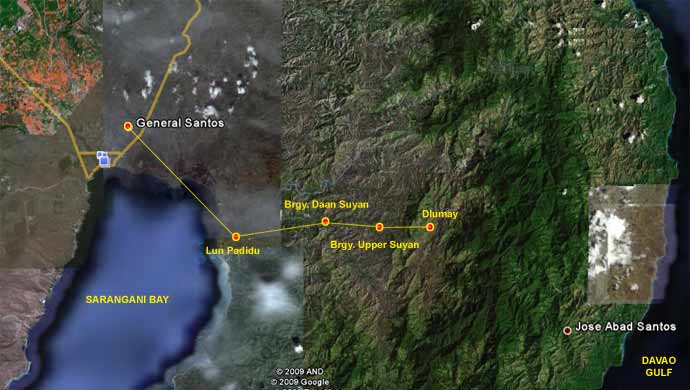
Ending Thoughts
This experience was quite plenty for me. I've seen how remote communities live life practically under martial law, how soldiers conduct themselves with impunity when they mix guns and alcohol. I also got a glimpse of how communities sustain themselves with very little help from the outside world...and the almost immeasurable impact of suddenly having power to mechanize their work (corn milling).
I am also left with a compelling question. Granting that they do get a funder for the corn mill, who now looks after the maintenance and repair of the infrastructure? There is no such budget for that as of this writing. Where would the money come from? A friend, Alay Magno, hit the nail on the head when he remarked that such projects need to generate its own revenue for sustenance otherwise, it would remain a novelty.
Lastly, I tip my hat to the NGO workers who brave long arduous hikes to the remote interior of the mountains, innumerable river crossings. military scrutiny, multiple insect bites and meager meals, for a pittance of a paycheck, simply to make a difference in a community whose off-grid isolation renders it unreachable by government aid. I find their staunch resolve and idealism a beacon of hope in a political system rife with misappropriation of public funds. These are a few of the country's unsung heroes. If you want to help out, these NGOs can surely use your donation.
--- TheLoneRider
 Chelsea Chelsea
(Jun 29, 2009) i like the walking lechons picture of gigit and pigs, wahahahahaha...cute
 Ellaine Ellaine
(June 26, 2009) grabe naman talaga ang sitwasyon sa kanayunan... Please tell char that she could submit a proposal here at our office for the funding of their corn mill project. i think pwede naman yun, basta mai-package lang yung proposal as something that will highlight the agriculture part :)
060829
»» next story: Exploring Lake Sebu
»» back to Traveling
»» back to Homepage
|
 |



 |


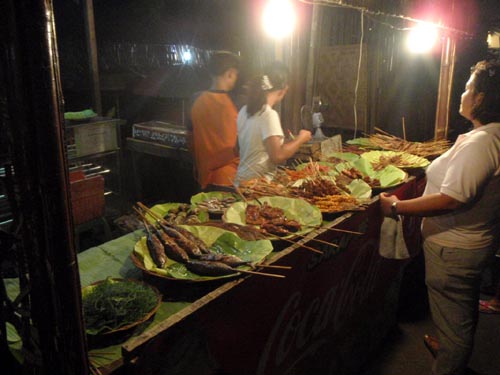
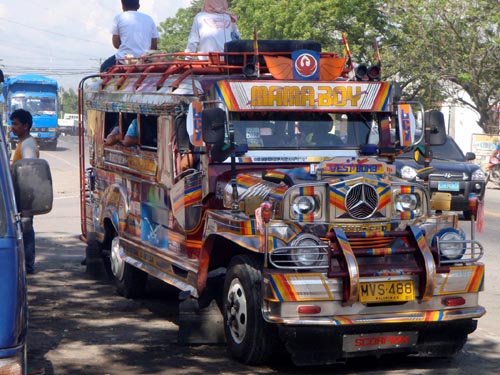
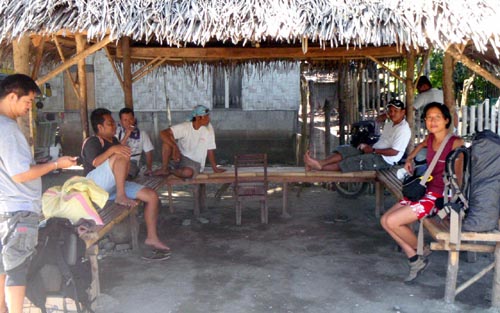
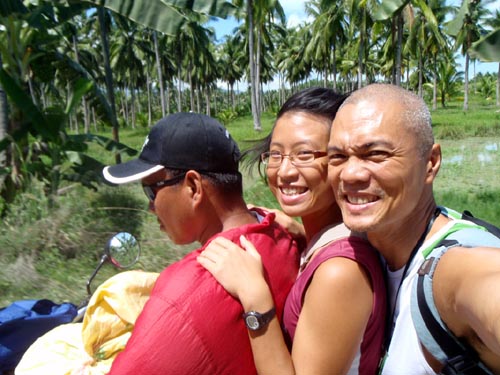

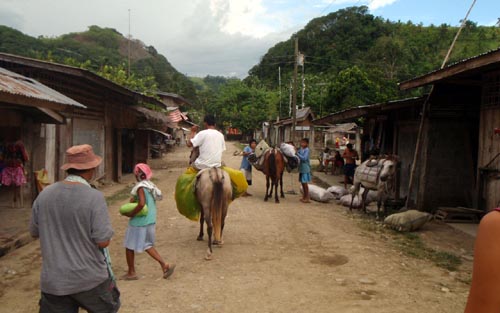
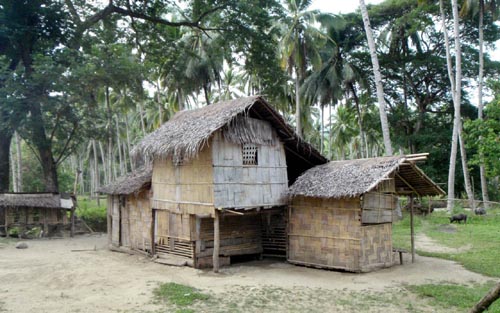


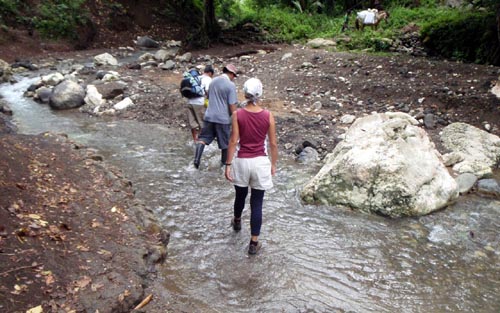
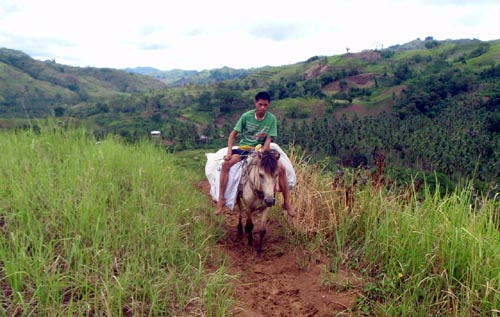

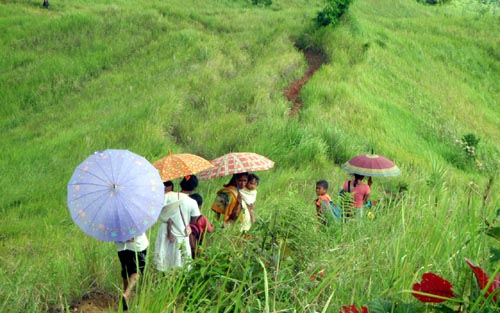
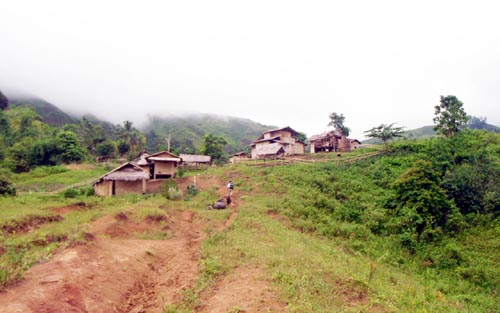

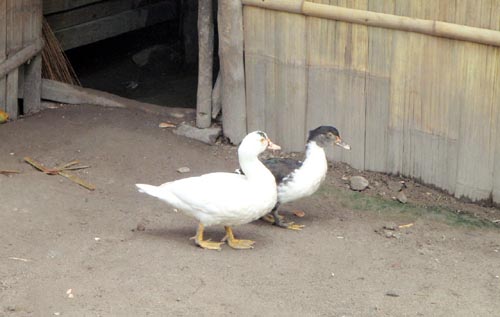
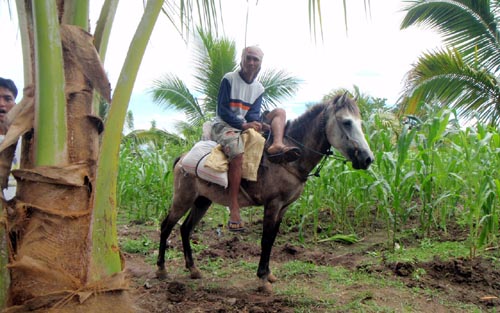



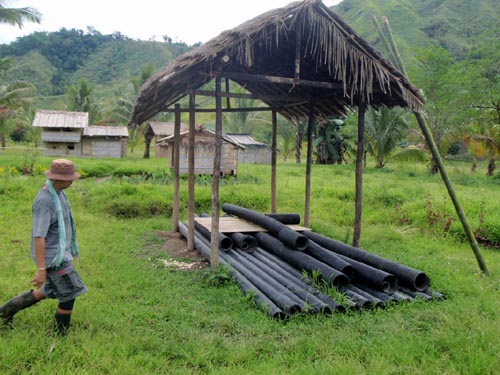

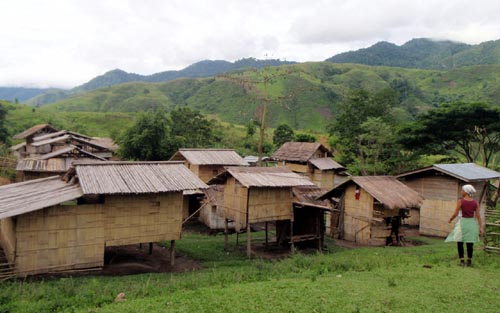
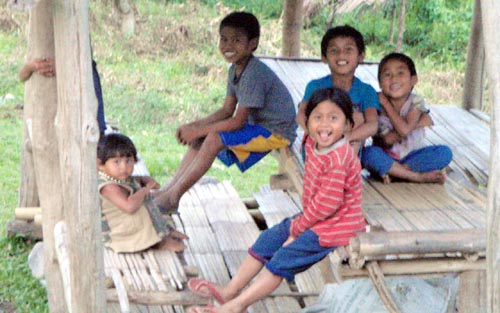

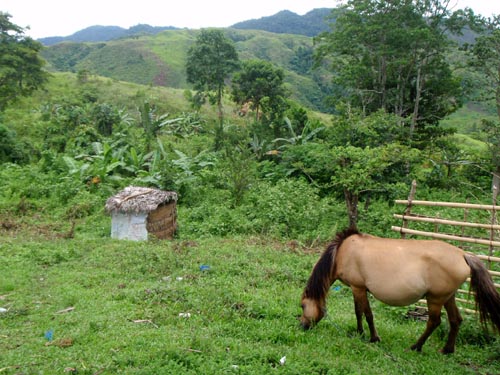
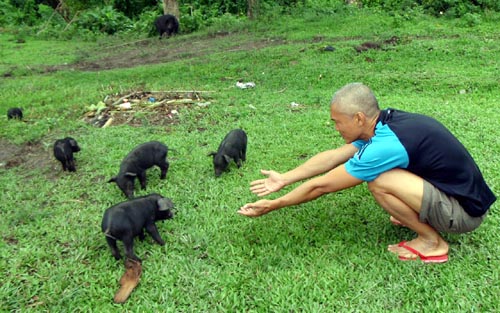

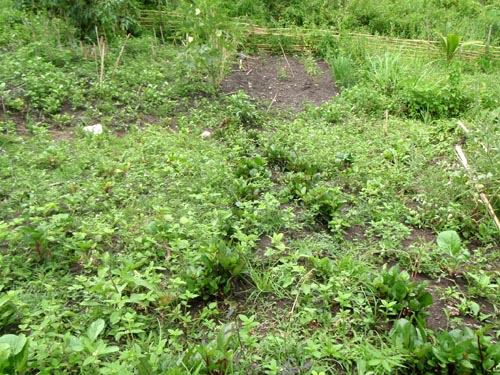
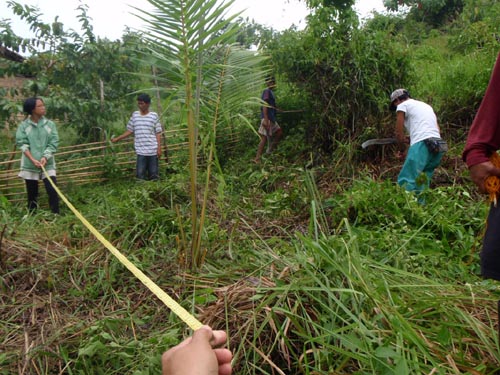
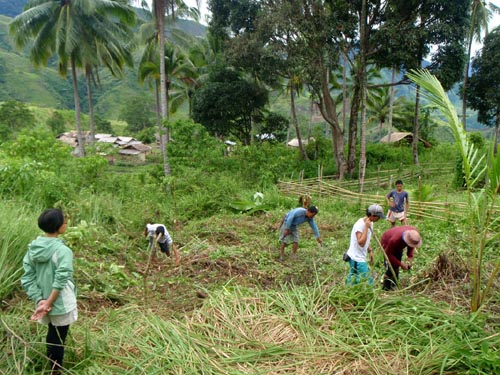
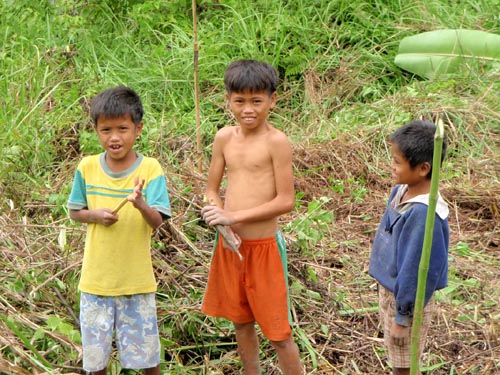
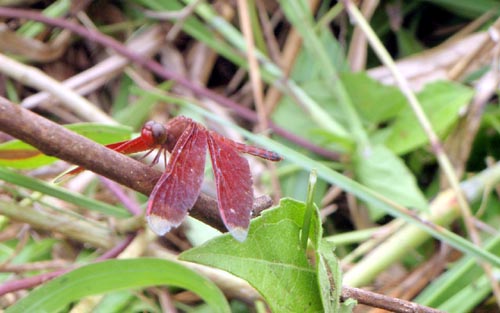

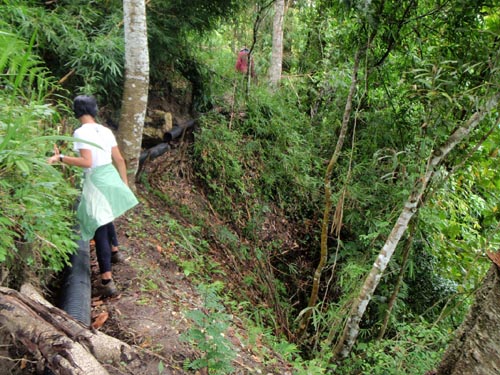
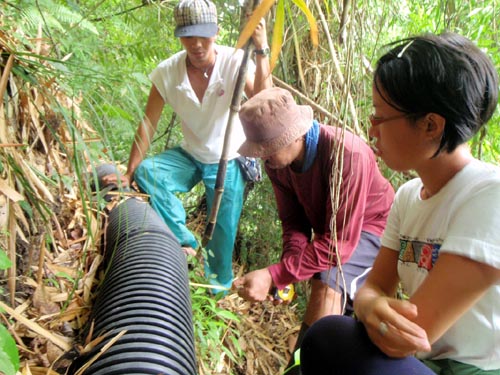
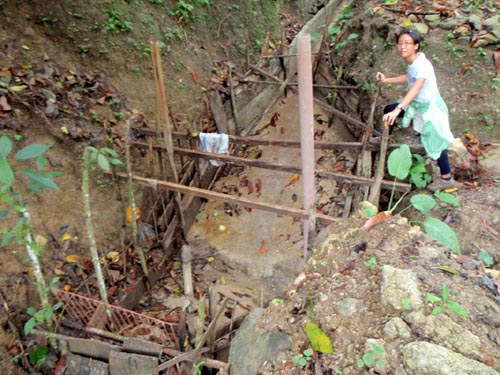
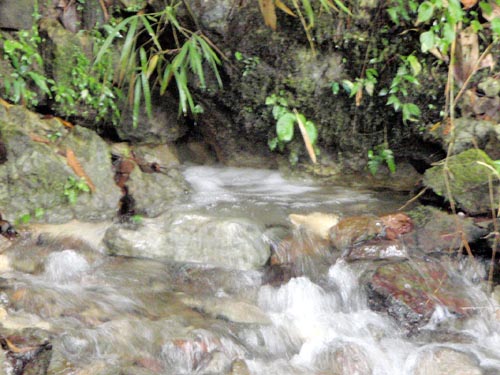
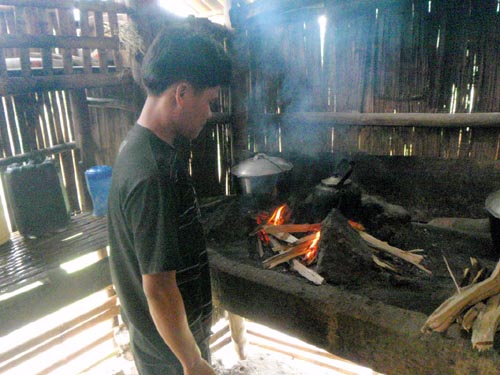
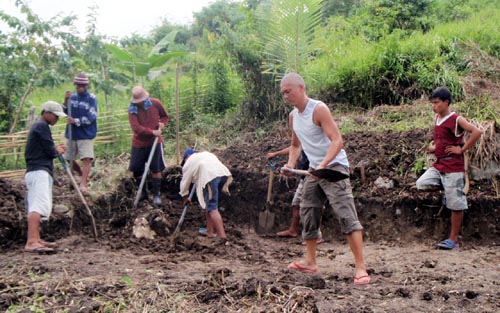
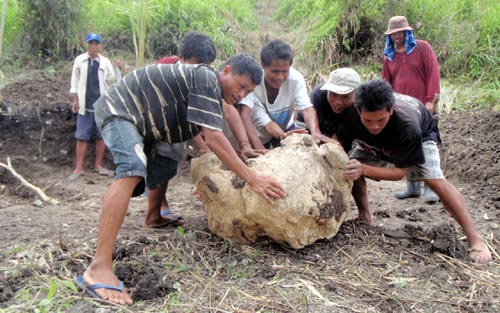
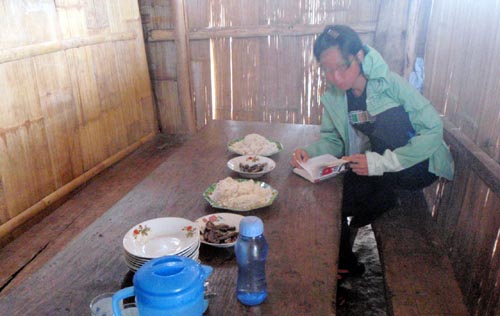
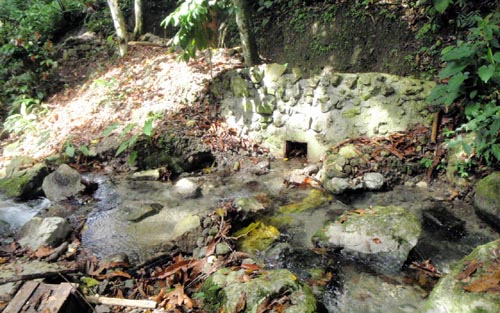
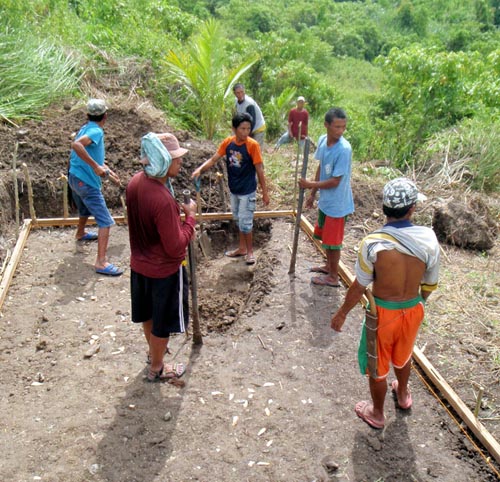
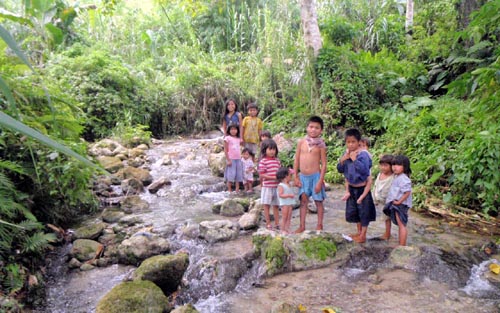
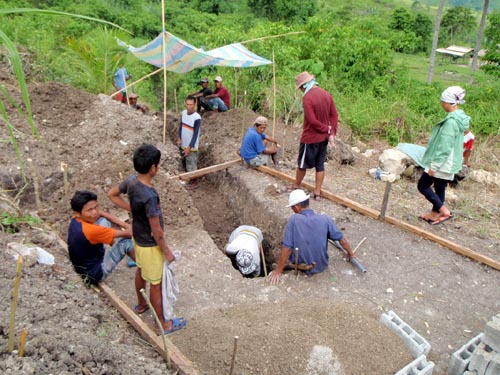
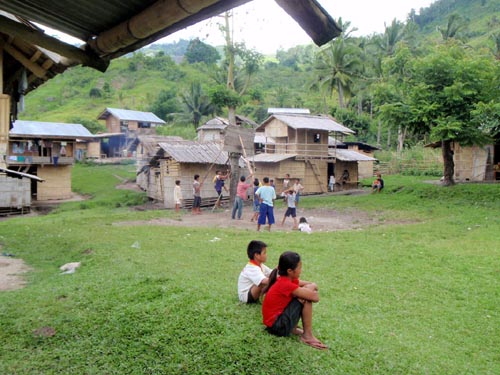
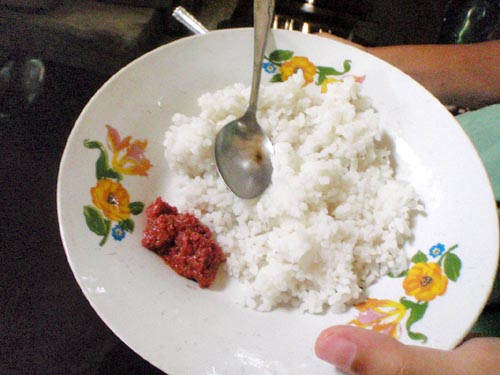
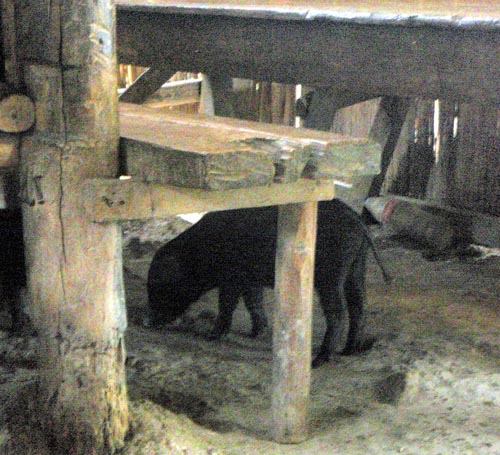
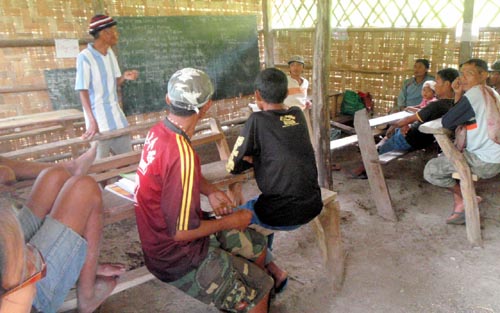
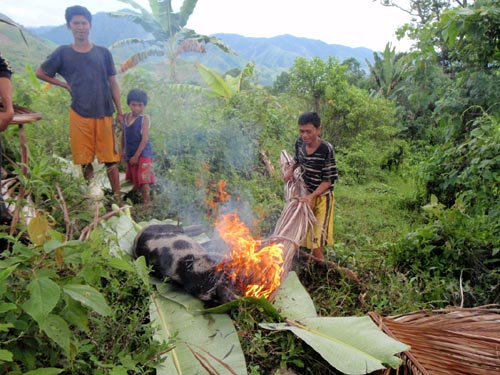
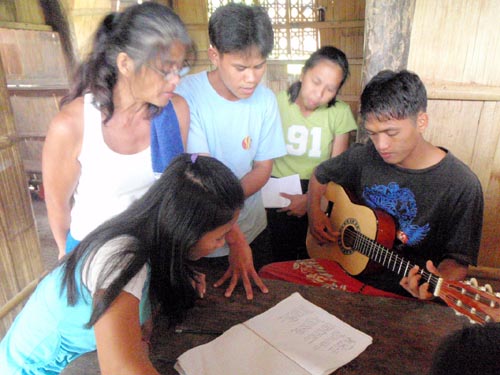
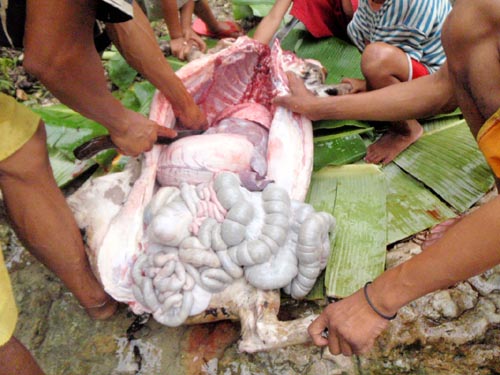
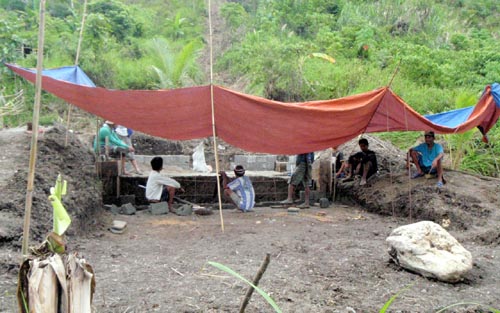
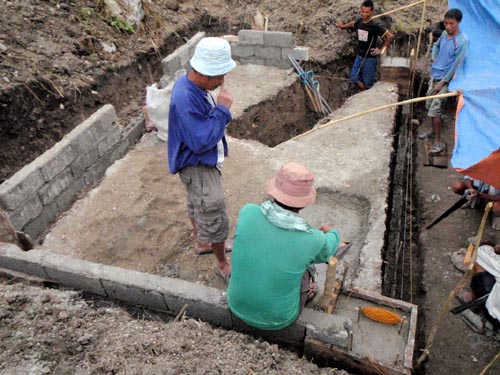

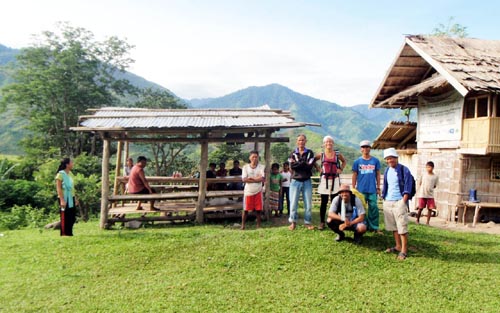

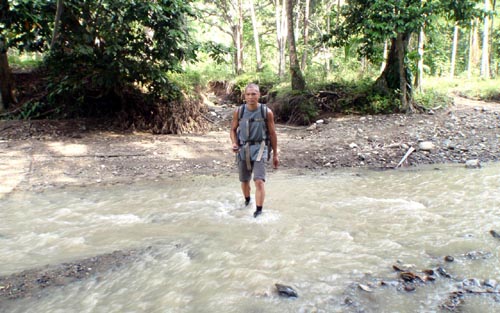
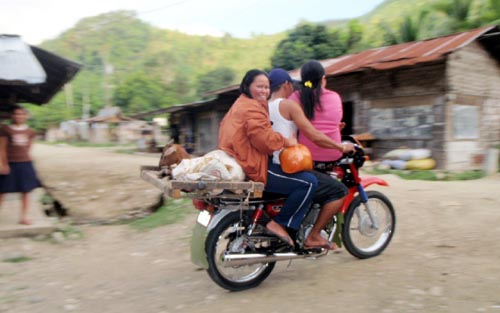
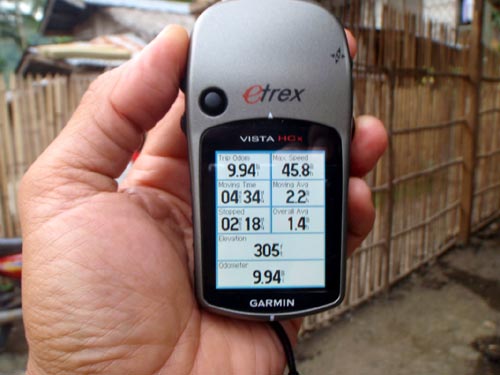
|
 June 8-16, 2009
June 8-16, 2009
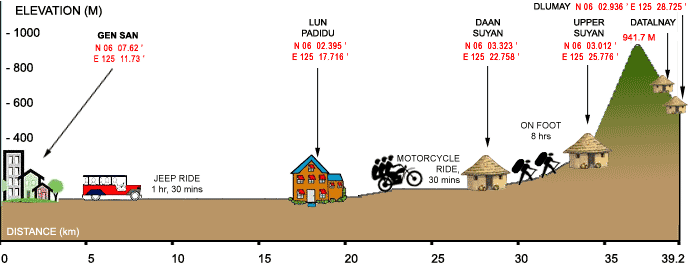

 Ellaine
Ellaine







 Outdoor Adventure Tours
Outdoor Adventure Tours
 SandCastles Palawan Beach Resort
SandCastles Palawan Beach Resort






